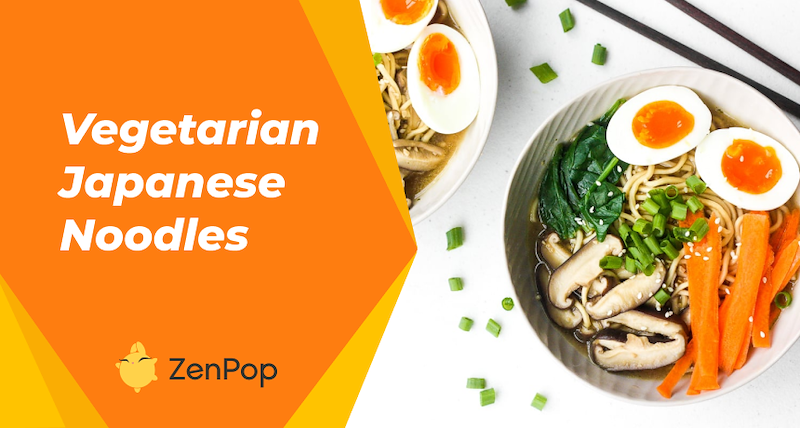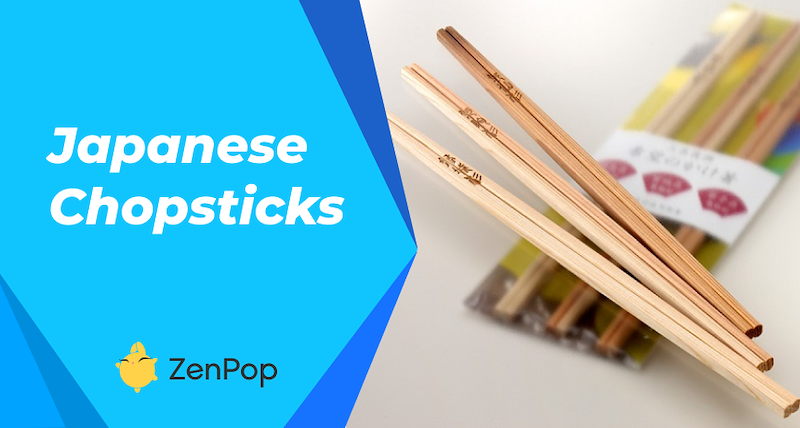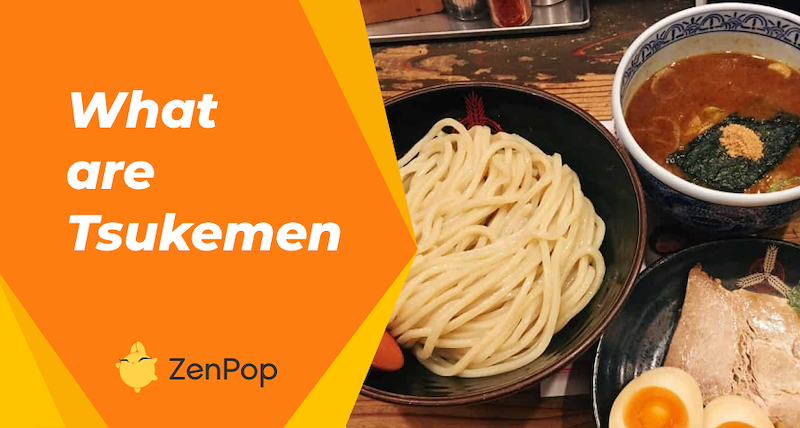
What are Tsukemen: Complete Guide
When exploring the rich tapestry of Japanese cuisine, one is bound to stumble upon Tsukemen. Beyond the realm of the ubiquitous ramen and sushi lies this exquisite dish that’s steadily gaining popularity worldwide. But, what exactly are Tsukemen? Let's embark on this delectable journey to understand, appreciate, and eventually savor this Japanese delicacy.
Origin and History of Tsukemen
While most Japanese delicacies boast a deep history, Tsukemen is relatively young. Originating in the 20th century, it was conceptualized in Tokyo by a restaurant named Taishoken. The owner’s idea was to present ramen noodles in a distinct manner, separating them from the broth. This unconventional method of serving noodles was quickly embraced, leading to the birth of Tsukemen.
Distinguishing Tsukemen from Traditional Ramen
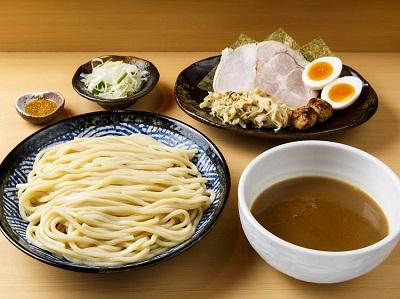
At first glance, Tsukemen might look similar to traditional ramen. However, key differences lie in their preparation and presentation:
- Separated Components: Tsukemen noodles are served cold or at room temperature alongside a separate bowl of hot broth. Diners are meant to dip the noodles into the broth before consuming.
- Broth Intensity: The broth accompanying Tsukemen is richer, more concentrated, and robust in flavor compared to the regular ramen broth. This is because it’s meant to be a dipping sauce rather than a soup.
- Noodle Texture: The noodles for Tsukemen are usually thicker, providing a more satisfying chew which holds the rich broth efficiently.
Key Ingredients and Flavor Profile
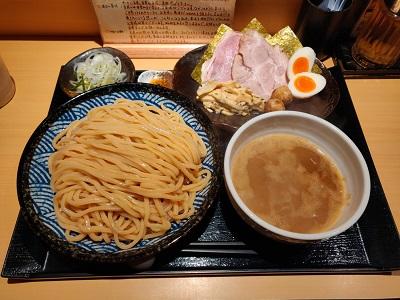
The beauty of Tsukemen lies in its simplicity and depth of flavors. Here are the primary components:
- Noodles: Crafted from wheat, these are boiled to perfection ensuring a chewy texture.
- Broth: A concoction of chicken, pork, fish, or a combination thereof. It's seasoned with soy sauce, miso, or tonkotsu, and simmered for hours to achieve a deep flavor.
- Toppings: Commonly includes succulent slices of pork (chashu), bamboo shoots (menma), seaweed (nori), and a boiled egg.
Savoring Tsukemen: The Right Way
Eating Tsukemen is an experience in itself:
Selecting the Perfect Bite
Start by using your chopsticks to pick up a modest portion of the noodles. Given Tsukemen’s characteristically thick noodles, they readily retain the broth. Aim to grasp five to six strands, gently twirling them with a chopstick for a secure grip. As these noodles possess a slick texture, mastering the technique might take a few tries. Initially, savor the noodles alone to genuinely appreciate Tsukemen’s unique taste.
The Ideal Dip
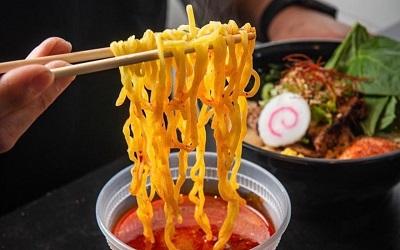
Tsukemen typically features cold noodles, necessitating a thorough dip in the broth to infuse warmth and amplify the taste. The beauty of Tsukemen is the freedom it offers – decide the depth of your noodle dip based on your flavor preference. However, avoid letting the noodles linger too long in the broth; it can lead to a lukewarm broth, diminishing the overall experience. Aim for a swift, one-bite portion dip to truly capture the essence of Tsukemen.
The Slurp Technique
Lift the dipped noodles to your mouth and slurp them in. Embrace the culture; a resonating slurp is a nod of approval in Japanese dining etiquette. If there's a concern about spillage, bring the broth bowl closer while slurping. Additionally, you can use chopsticks to fetch the toppings, submerging them into the broth before enjoying them with the noodles.
Experiment with Toppings
Elevate your Tsukemen experience by experimenting with various toppings. Whether it's succulent pork, soft-boiled egg, or other delectable ingredients, pick them up with your chopsticks and submerge them in the broth to enrich their flavor. Play around with condiments too, such as chili paste, soy sauce, sriracha, or even a dash of lime for a zesty twist.
Conclude with Dashi Broth
A Tsukemen experience isn’t complete without the grand finale: soup-wari. After savoring the noodles, dilute the concentrated dipping broth with hot dashi-broth to render it palatable. Dashi, a foundational fish broth in Japanese cuisine often used in miso soup, perfectly complements the Tsukemen dipping broth. Once combined, you can sip this transformed broth directly from the bowl or use a spoon. Many establishments take pride in their dashi, offering a medley of flavors from ingredients like chicken and seafood. If hunger still beckons post-noodles, don’t hesitate to request additional dashi broth; it's often complimentary.
Health Benefits of Tsukemen
Beyond its delightful taste, Tsukemen offers several health benefits:
- Rich in Protein: The broth, often prepared with meat or fish, is protein-rich.
- Whole Grains: Wheat-based noodles contribute to your daily whole grain intake.
- Low in Fat: When consumed without excessive toppings, Tsukemen can be a low-fat meal option.
Tsukemen Variations Across Japan
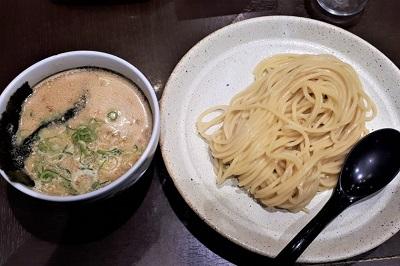
As with many dishes, different regions in Japan have their unique twist on Tsukemen:
- Tokyo: The birthplace of Tsukemen offers the classic version with a soy-based broth.
- Kyushu: Known for its creamy tonkotsu (pork bone) broth, the Tsukemen here boasts a milky, rich consistency.
- Hokkaido: With its bounty of seafood, the Tsukemen broth in this region often incorporates seafood like sardines or seaweed, imparting a unique umami flavor.
In Conclusion
Tsukemen stands as a testament to Japan's culinary innovation, transforming the familiar into something new and exciting. Whether you're a seasoned food enthusiast or new to Japanese cuisine, Tsukemen is bound to captivate your palate. The harmonious balance of flavors, textures, and temperatures offers an eating experience unlike any other.
We've got a new ramen selections for you every month in our Japanese ramen box!


